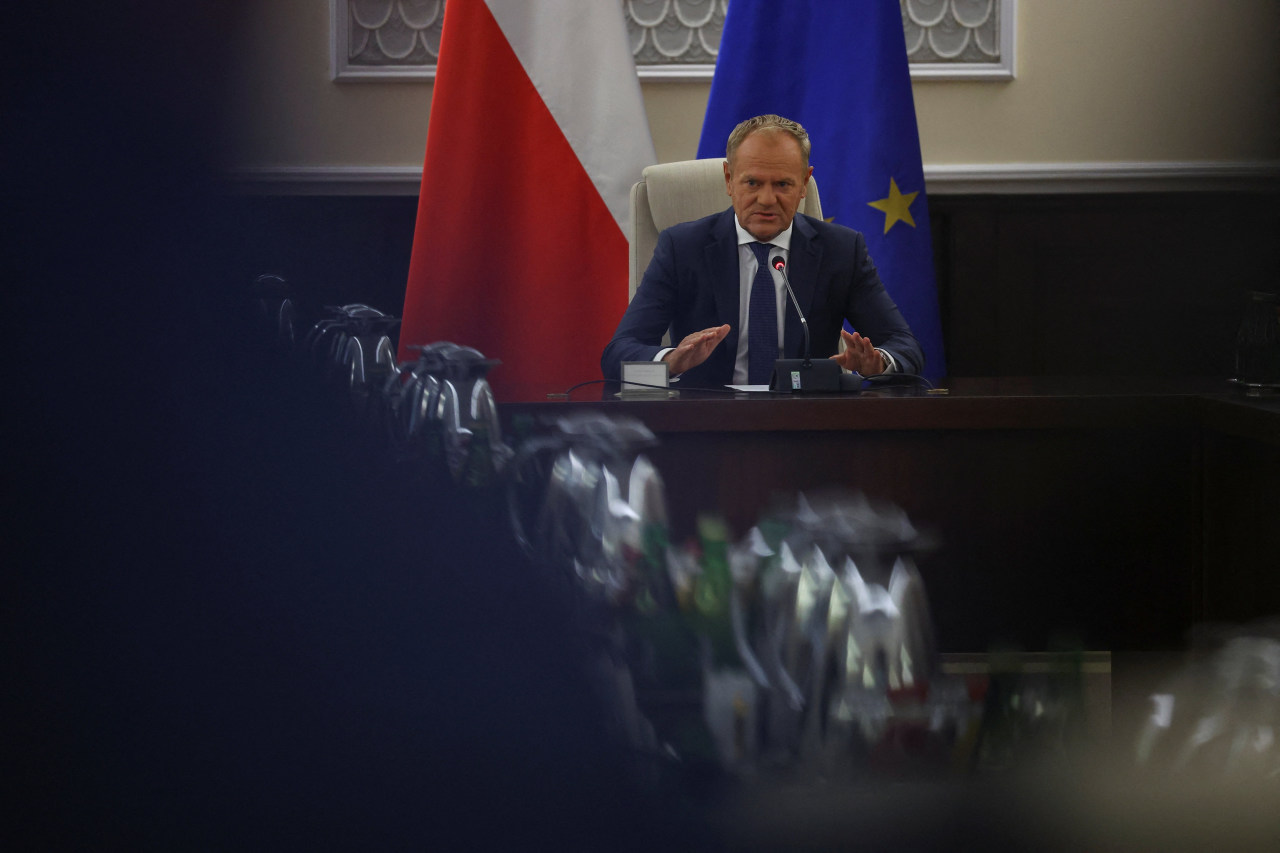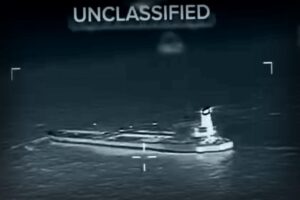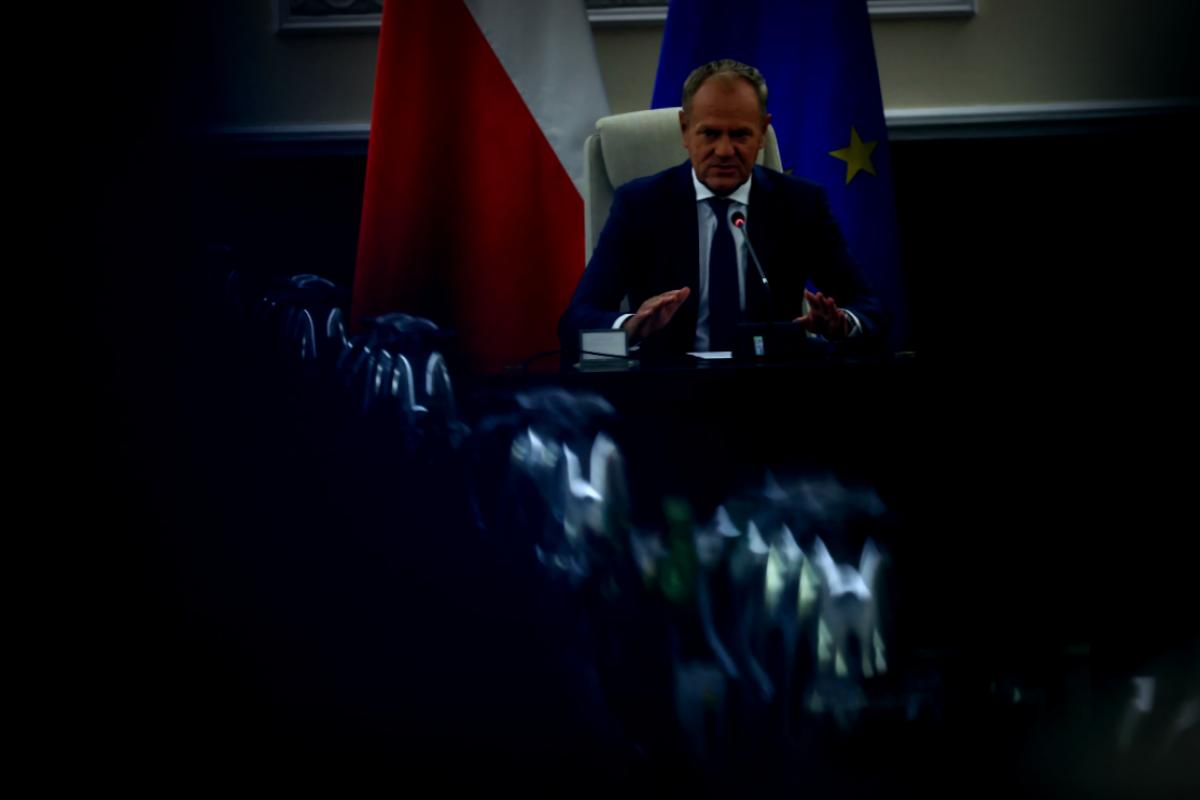WARSAW — In a significant event for NATO, warplanes shot down multiple Russian drones operating over Poland. This incident represents the first time the alliance has engaged Russian drone activity on a member’s soil, which was perceived by officials as a testing of defenses by Russia.
Polish officials reported that there were 19 breaches of its airspace, prompting a historically rare shutdown of major airports across Poland since the start of the Ukraine conflict.
Prime Minister Donald Tusk communicated to the parliament on Wednesday that while he does not believe there is an immediate threat of war, the scenario is worryingly grave. “We are closer to potential conflict than we have been since World War II,” he stated.
For some time now, Russian aircraft have been probing NATO’s defenses by flying near or entering the airspace of allied nations. Nations within the alliance rotate air patrol obligations along borders, with various encounters escalating since Russia’s full-scale invasion of Ukraine back in 2022. However, this drone incident constitutes one of the most serious threats yet.
The drone incursions on Tuesday night marked the furthest west any Russian drone operations have reportedly reached during the conflict.
When questioned if NATO viewed the actions as intentional or accidental, the Secretary-General, Mark Rutte, stated that their investigation is ongoing. “Regardless of intent, this is highly reckless and dangerous,” Rutte explained, stressing NATO’s commitment to defend every inch of its territory, including the skies.
The operation involved Dutch F-35s and Polish F-16s, some drones were reportedly launched from Belarus, and Tusk confirmed that 3 to 4 drones that presented an immediate threat were successfully neutralized.
Dick Schoof, Prime Minister of the Netherlands, expressed his approval, saying on X, “I am glad our F-35 jets provided support to our NATO ally, Poland.” Meanwhile, German Patriot missile defense systems stationed in Poland were put on high alert alongside an Italian early-warning aircraft and a refueler being sent into action, according to Col. Martin L. O’Donnell from NATO.
Ukrainian President Volodymyr Zelensky noted that evidence suggests the movement was intentional, highlighting the importance of multiple European combat aircraft coming together to defend against Russian threats and preserve human life.
Following the drone incursions, Belarus claimed that it had alerted Poland to the risk of drones entering its territory due to electronic warfare operations conducted by Ukraine against recent Russian offensives. Pavel Muraveiko, from Belarus’s armed forces, insinuated that it was this forewarning that allowed Poland to swiftly respond to the drone activities.
Kremlin spokesman Dmitry Peskov declined to address the incident directly but commented on ongoing accusations aimed at Russia by the EU and NATO. ‘These accusations come almost daily, often lacking a rational basis,’ he stated.
The Russian Defense Ministry maintained that it has no intentions of launching attacks within Polish territory and indicated a readiness to discuss the drone situation with Polish military leaders. They also stated that the drones observed crossing the border are capable of reaching only about 400 miles, complicating operations from Russia.

Experts analyzing images shared by Polish media suggest that the engaged drones were likely Russian reconnaissance models, specifically the Gerbera variant. Ukrainian electronic warfare specialist Serhiy Beskrestnov noted the use of such drones indicates a probing tactic from Russia to assess NATO’s response efficiency and speed.
According to Beskrestnov, Gerbera drones are more susceptible to electronic disruption compared to the Shahed drones typically deployed by Russia against targets in Ukraine. Nonetheless, he clarified that the possibility of these drones unintentionally veering far into Polish airspace via Ukrainian electronic warfare efforts is virtually impossible.
NATO’s governing body convened on the incident and the alliance’s corresponding response during a predetermined meeting in Brussels, as stated by NATO spokeswoman Allison Hart, noting Rutte’s communication with Polish officials was proactive.
Recently, we’ve seen an uptick in Russian drone activities entering Poland’s airspace, as the country maneuvers military operations in response to the ongoing conflict in Ukraine.
This incident, occurring amid rising tensions and large military exercises in Poland, underscores a precarious period. Russia is gearing up for its own significant military drills, named Zapad 2025, along its western boundaries close to Poland.
Drone parts have reportedly been uncovered in various central and southeastern regions of Poland, leading to widespread concern.
Affected areas included localities around Warsaw, resulting in warnings from military command for residents to remain indoors. Four significant airports were shut down, though many have since resumed operations.
This escalation brings reminders of earlier incidents where a Russian missile strike resulted in casualties on Polish soil, though subsequent examinations have suggested that Ukrainian air-defense systems may have caused the fatalities.



















